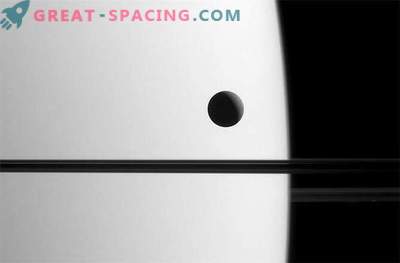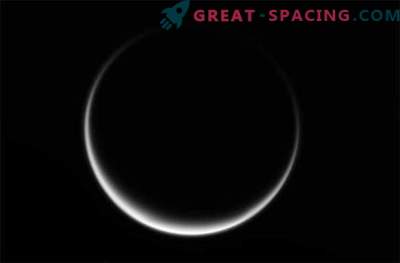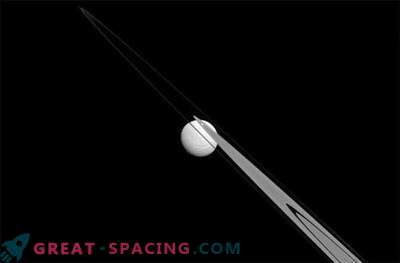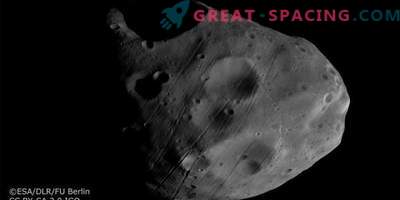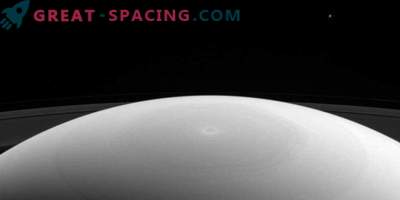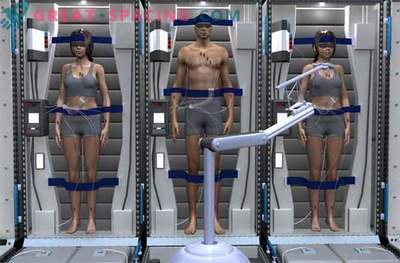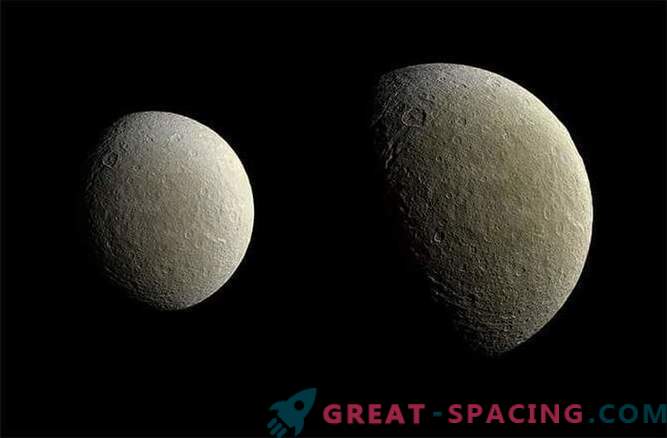
What you see in the photograph are two images of one world, icy, covered with craters of Rhea, the second largest natural satellite of Saturn. The picture is made up of high-resolution photographs taken by the Cassini narrow-angle camera (NAC) on February 9 superimposed on images taken with a wide-angle camera. For our eyes, the surface of the satellite corroded by craters appears mostly in white and gray.
The left image shows Ray from a distance of 82100 to 74600 kilometers, the right one is made up of images taken from a closer distance of 57900-51700 km. Both are collected by Heike Rosenberg and Tilman Denk at the Free University of Berlin. The pictures were taken during the mission of the T-109, the purpose of which was to fly near Titan.
With a diameter of 1530 kilometers, Ray is the second largest satellite of Saturn after Titan, while its size is less than a third of the size of the big brother. The high reflectivity of the satellite is due to the fact that it consists mostly of water ice, which at a temperature of -185 degrees Celsius becomes harder than a rock.
Rhea is completely covered with craters and cracks, taking on this indicator one of the leading places in the entire solar system. This is due to the very old satellite surface. Launched in October 1997, a joint project by NASA and the European Space Agency Cassini interplanetary probe reached Saturn in June 2004. He explored his incredibly volatile system of rings and satellites like no other device before, making an enormous contribution to our understanding of the Saturn device, the entire Solar systems, and maybe even galaxies.
But the Cassini mission will not last forever. In the next two and a half years, the device will use up the last remnants of fuel and, if it avoids an undesirable meeting with Saturn’s satellites, will leave in a glory of glory with the last immersion in the rings of the planet and its atmosphere.
Before this happens, Cassini will continue to research Saturn’s moons, making several more flights this year near Titan, Dione, and Enceladus. Under the surface of the last of them, as we know thanks to Cassini, there is almost certainly a liquid salt-water ocean.
The latest images of Rey were taken when Cassini moved to the equatorial orbit around Saturn after he had made several turns over his poles. Next year, the device will return to an inclined orbit again to once again explore the polar regions of the giant planet before its mission is completed.

